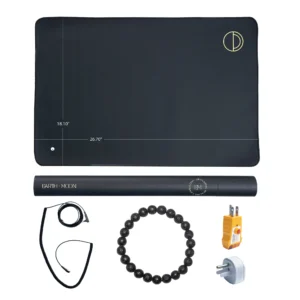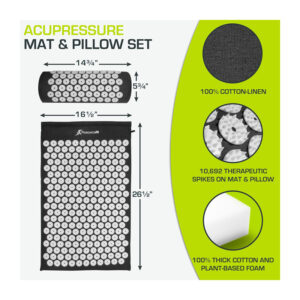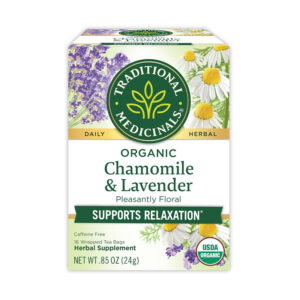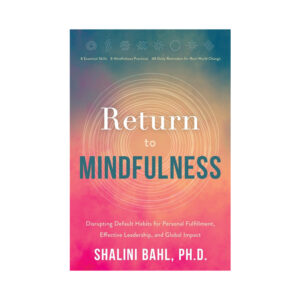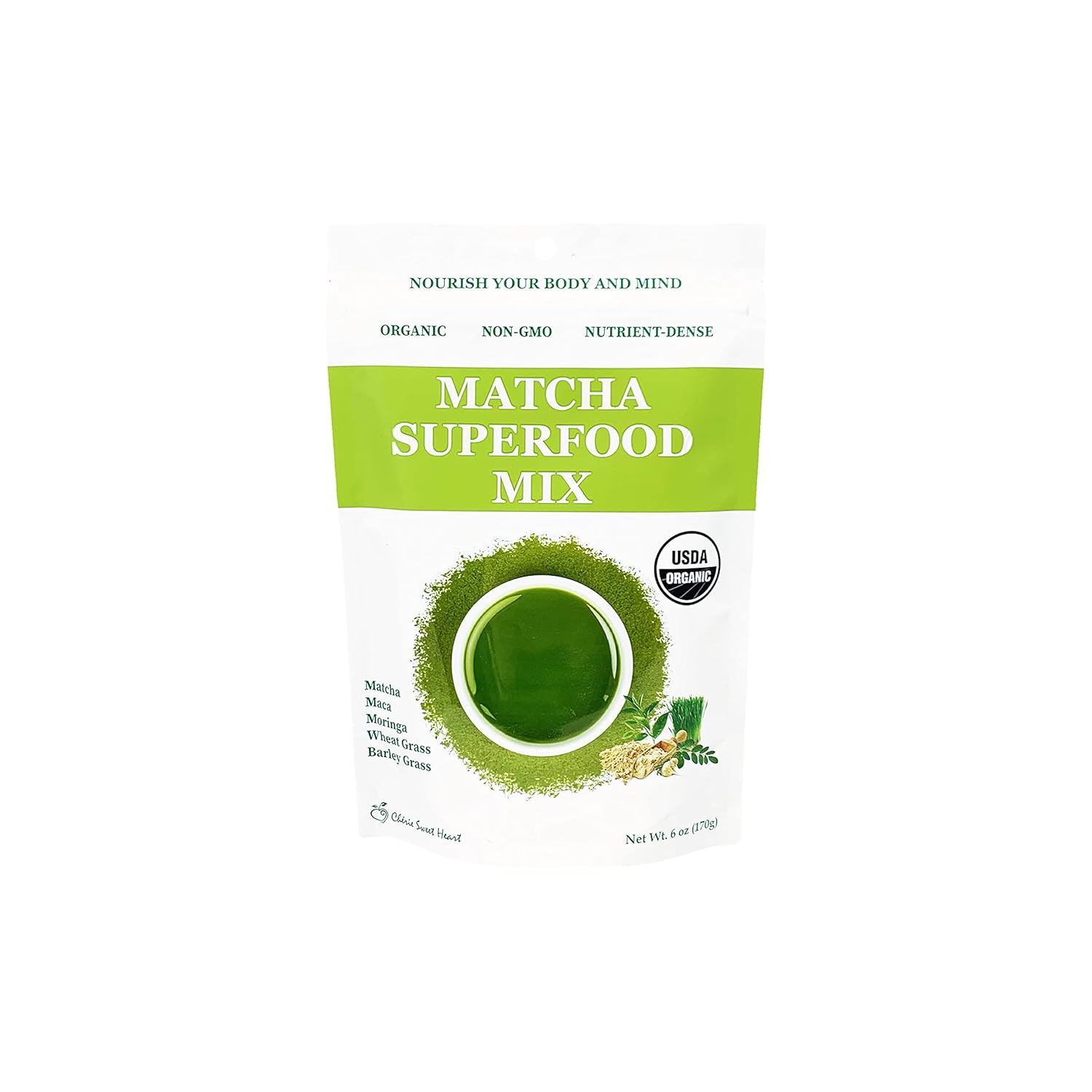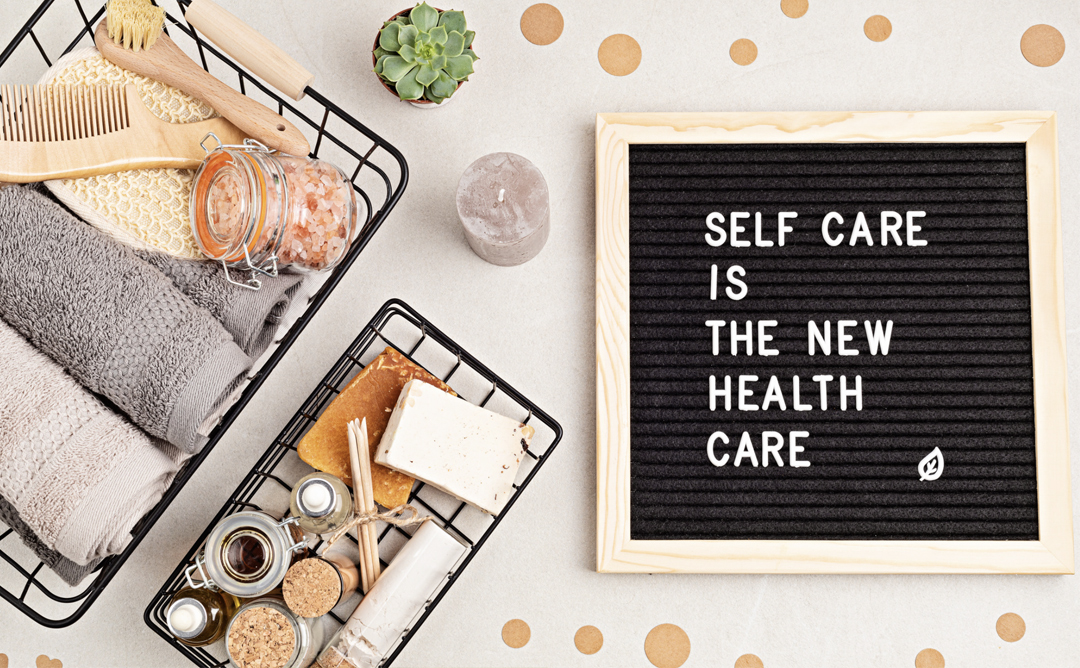
Embracing Self-Care in a Busy World

Embracing Self-Care in a Busy World: Nurturing Your Well-Being Naturally
Why is it that it’s so easy to take care of everyone else but not take care of ourselves? In today’s fast-paced world, self-care often takes a backseat as we juggle numerous responsibilities and commitments. However, it is essential to recognize that self-care is not a luxury but a vital component of overall well-being. Embracing self-care amidst our busy lives is a transformative act of nurturing ourselves naturally. In this blog, we explore the significance of self-care and share practical and natural approaches to integrate self-care into your daily routine, helping you achieve a harmonious balance between mind, body, and spirit.
Self-care is more than just pampering or indulgence; it encompasses a holistic approach to nourishing ourselves on all levels—physically, emotionally, mentally, and spiritually. It involves tuning in to our needs and desires and providing the love and attention we deserve.
In a busy world, it’s crucial to set boundaries to protect our time and energy. Learn to say no to commitments that do not align with your values or overload your schedule. Prioritize activities that bring joy and fulfillment, and make room for self-care without guilt.
Nature offers a sanctuary for self-care. Spend time outdoors, immerse yourself in the beauty of natural surroundings, and allow nature’s calming influence to rejuvenate your spirit. Whether it’s a walk in the park, gardening, or simply sitting under a tree, connecting with nature is a natural healing balm for the soul.
Incorporate mindful natural movement practices like yoga, tai chi, or qigong into your routine. These activities not only promote physical well-being but also cultivate mindfulness and inner peace, reducing stress and improving overall mental health.
Nourishing your body with wholesome, nutrient-rich foods is an essential aspect of self-care. Embrace a balanced diet that includes plenty of fruits, vegetables, whole grains, and healthy fats. Mindful eating practices allow you to savor each bite and develop a harmonious relationship with food.
Designate a sacred space in your home where you can retreat for moments of peace and introspection. Fill this space with items that inspire you, such as candles, crystals, or calming artwork. Dedicate time to be present in this space and connect with your inner self.
Prioritize quality sleep and ensure you get sufficient rest to rejuvenate your body and mind. Create a bedtime routine that promotes relaxation, such as reading a book, practicing gentle stretches, or enjoying a soothing cup of herbal tea.
Practice mindfulness, meditation, and prayer to quiet the mind and cultivate a sense of inner calm. Regular meditation sessions help reduce stress, enhance focus, and foster a deeper connection with yourself.
Treat yourself to natural self-care rituals using essential oils, herbal baths, or DIY skincare products. These remedies not only nourish the body but also uplift the spirit, allowing you to indulge in a blissful self-care experience.
Take intentional breaks from technology and social media. Unplugging allows you to be fully present in the moment and recharge your mental energy, reducing the overwhelm of a busy digital world.
In a world that glorifies busyness, embracing self-care becomes a radical act of love and respect for ourselves.
By prioritizing self-care and nurturing our well-being naturally, we cultivate a sense of balance and inner harmony. Remember that self-care is a deeply personal journey, and what works for one person may not work for another.
Listen to your intuition and discover the self-care practices that resonate with your unique needs and values. Embrace self-care as a natural healing ritual, guiding you towards a more fulfilling and joyful life amidst the hustle and bustle of a busy world.
Here’s some links to my favorite brands to get you started on your self-care journey!
Guru Nanda >> Click for $15 off to get you started
Cultivate Elevate 10% off with code MARGIE10
Earth + Moon 10% off with code MARGIE10
Wellness Journals by Margorie Espe


